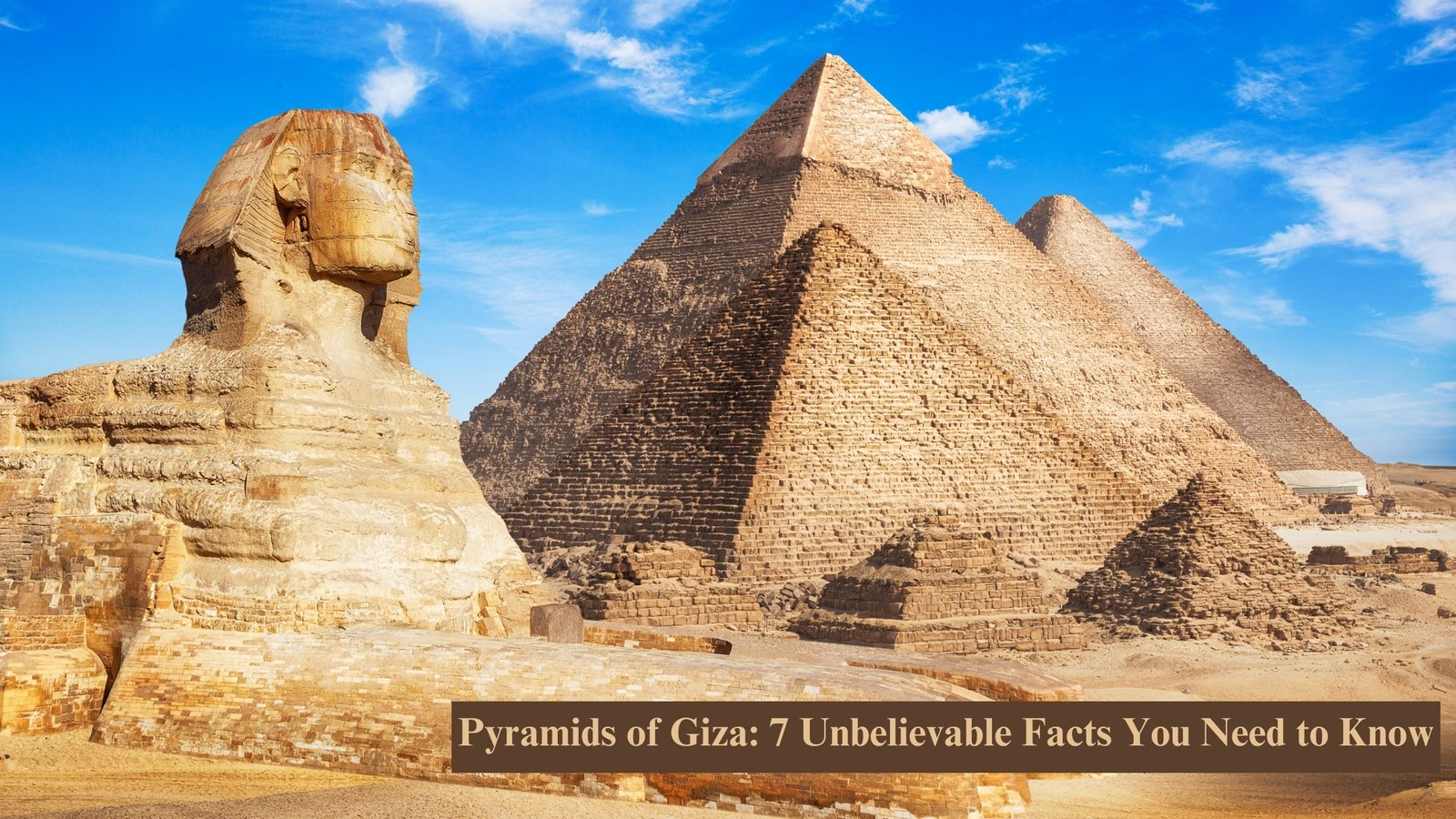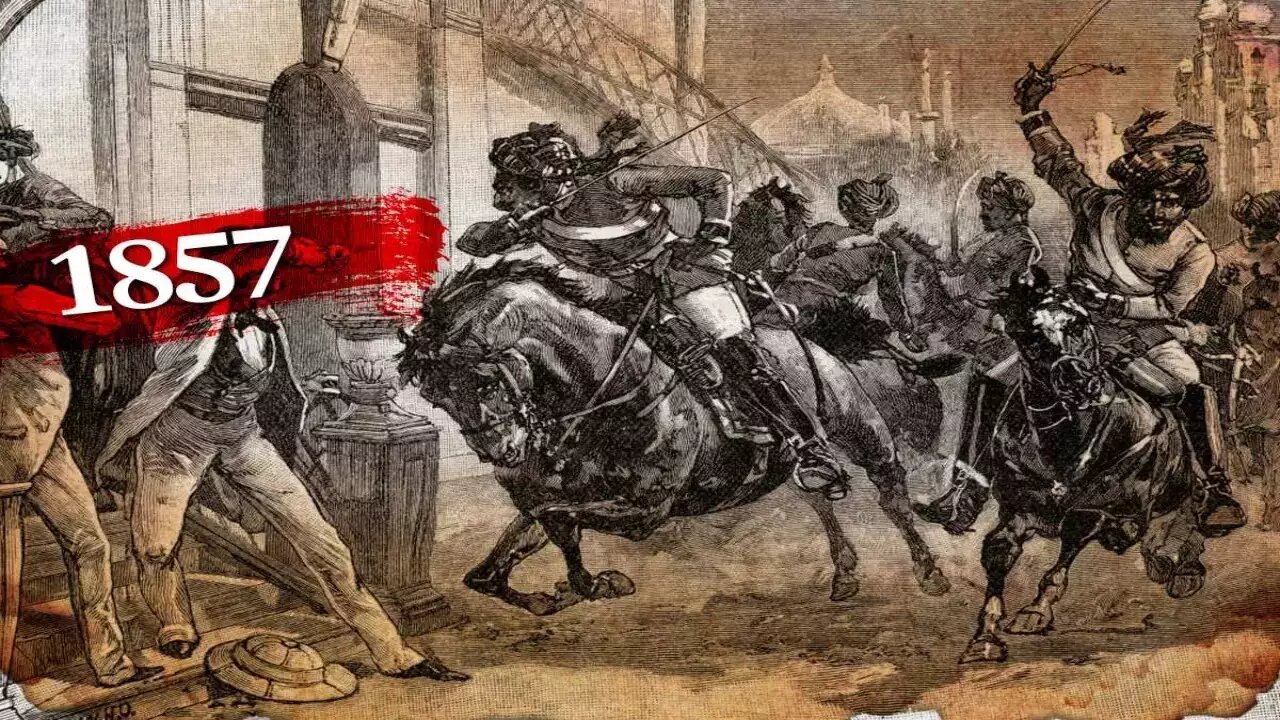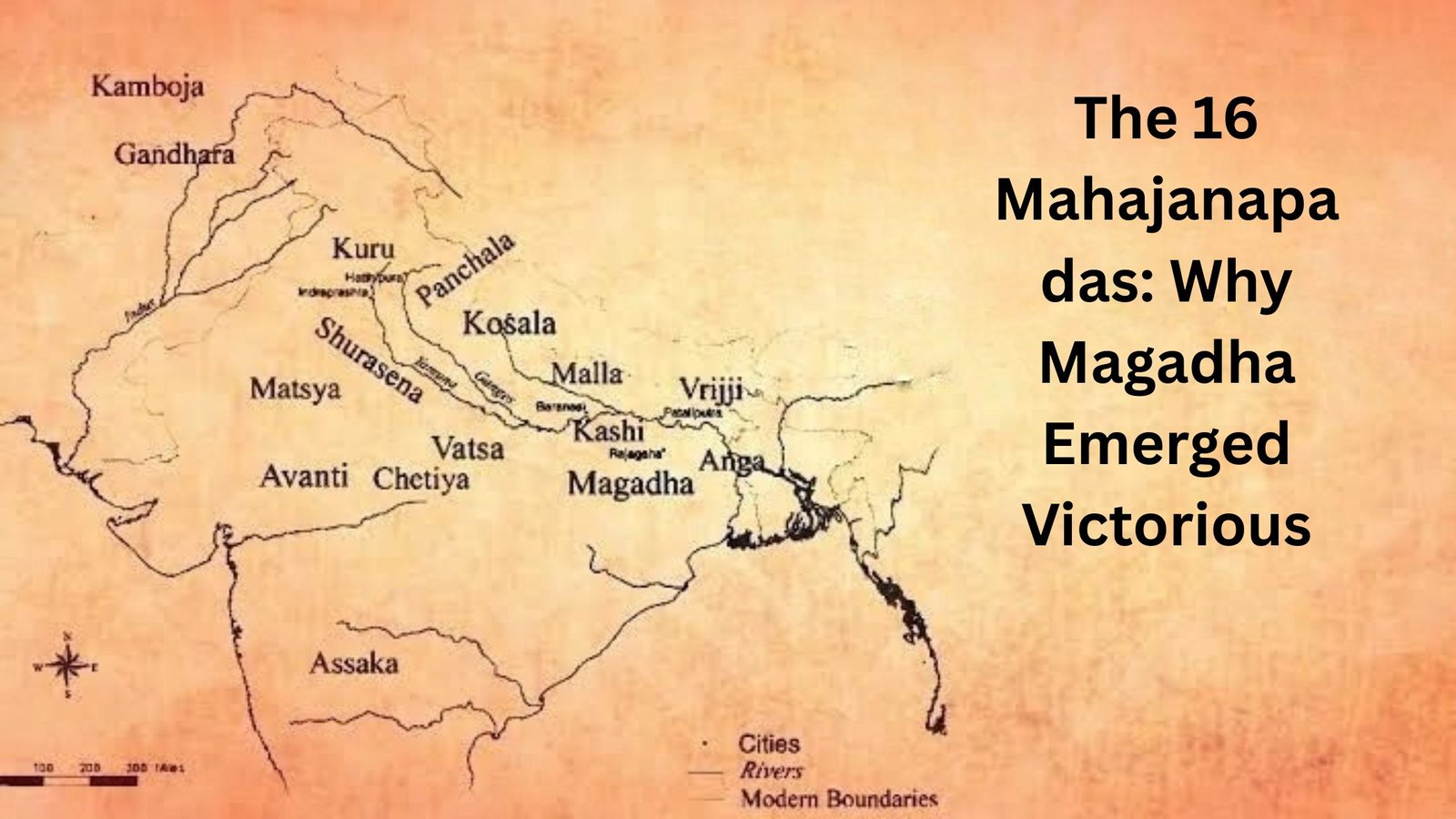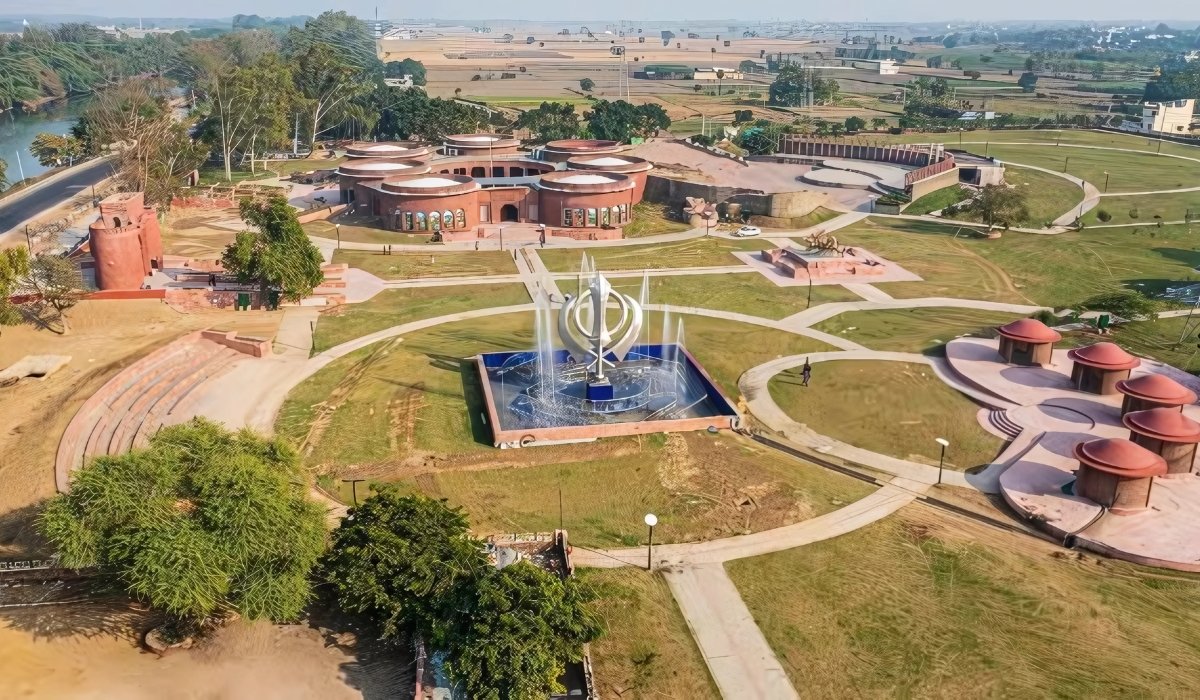As sea levels rise and shorelines shift, the oceans continue to guard some of the world’s oldest secrets—entire cities lost beneath the waves. Thanks to advancements in underwater archaeology, researchers are now uncovering these sunken worlds, rewriting history books and shedding light on ancient civilizations that once thrived on land now consumed by water.

Rising Seas, Vanishing Cities: A Global Phenomenon
Natural disasters, shifting tectonic plates, and rising seas have submerged many cities across history. Today, modern science and underwater exploration are enabling archaeologists to explore these submerged ruins in ways that were unimaginable even a few decades ago.
Notable Reasons for Submersion:
- Sea Level Rise: Melting ice caps and climatic shifts drowned low-lying settlements.
- Earthquakes and Tsunamis: Sudden geological changes caused cities to collapse into the sea.
- Soil Erosion and Flooding: Gradual changes over centuries displaced once-thriving communities.
Underwater Archaeology: The Key to the Past
Underwater archaeology is a specialized branch of archaeology focused on exploring human history beneath bodies of water. From scuba-diving historians to robotic submersibles, the field is rapidly evolving.
Tools of the Trade:
- Sonar Mapping: For locating hidden ruins and structures on the seabed.
- ROVs (Remotely Operated Vehicles): To explore depths unreachable by divers.
- 3D Modeling and Photogrammetry: For digitally reconstructing ancient cities.
Why Underwater Archaeology Matters:
- Preserves cultural heritage before it decays or is looted.
- Sheds light on lesser-known civilizations and their lifestyles.
- Offers insights into ancient trade routes, architecture, and religions.
Famous Sunken Cities Uncovered
1. Dwarka, India
Believed to be the city of Lord Krishna, Dwarka off the coast of Gujarat is one of the most captivating finds in underwater archaeology. Archaeologists have discovered sandstone walls, pillars, and other structures submerged around 120 feet deep in the Arabian Sea.
2. Thonis-Heracleion, Egypt
Located near the mouth of the Nile, Thonis-Heracleion was once a bustling Egyptian port. Found in 2000, its discovery included colossal statues, inscriptions, and temples preserved under layers of sediment and water for over 1,200 years.
3. Pavlopetri, Greece
Regarded as the world’s oldest known submerged city, Pavlopetri dates back over 5,000 years. Located off the southern coast of Laconia, Greece, this city features streets, buildings, and even tombs—all mapped using high-resolution digital imaging.
Challenges in Underwater Excavations
While underwater archaeology provides an extraordinary window into the past, the practice is not without its difficulties.
Major Obstacles:
- Visibility Issues: Murky waters and sediment often reduce visibility.
- Accessibility: Many sites lie in deep or dangerous waters.
- Preservation Concerns: Artifacts are often fragile after centuries underwater.
- Funding and Legal Constraints: Exploration requires substantial resources and international cooperation.
Environmental Impact and Preservation Efforts
With growing concerns over marine ecosystems, underwater archaeologists are increasingly mindful of the environment. They are now working alongside marine biologists to ensure that explorations do not disturb aquatic life.
Preservation Techniques:
- In-situ conservation (preserving artifacts underwater).
- Controlled excavation with minimal impact.
- Digitization for public access and virtual tourism.
The Role of Technology in Uncovering the Past
Modern technology has revolutionized underwater archaeology, making it faster, safer, and more precise.
Technological Innovations:
- AI and Machine Learning: Help in pattern recognition of ruins.
- Underwater Drones: Enable extended research without human risk.
- Satellite Imaging and LiDAR: Provide large-scale mapping capabilities from above.
Global Collaborations and Research Initiatives
Institutes and governments are now investing heavily in underwater research. International partnerships are key to exploring shared maritime heritage.
Notable Initiatives:
- UNESCO’s Underwater Cultural Heritage Convention
- European Marine Observation and Data Network (EMODnet)
- National Institute of Oceanography (India)
A New Age of Discovery
As the seas continue to reveal their secrets, underwater archaeology is proving to be a transformative force in the study of ancient civilizations. Each dive, scan, and excavation brings humanity closer to understanding its lost past.
Conclusion: Rewriting History from the Depths
The oceans cover more than 70% of our planet—and beneath those waters lie stories waiting to be told. Underwater archaeology is more than just a scientific pursuit; it is a journey to reclaim forgotten chapters of human history. With every submerged city unearthed, we are reminded of nature’s power and the enduring spirit of discovery.
For more intriguing stories on history and science, follow our updates at Chandigarh UT.















